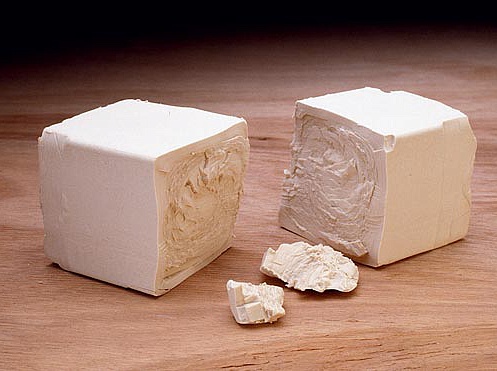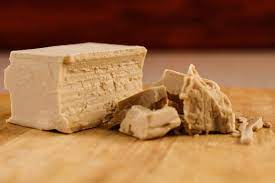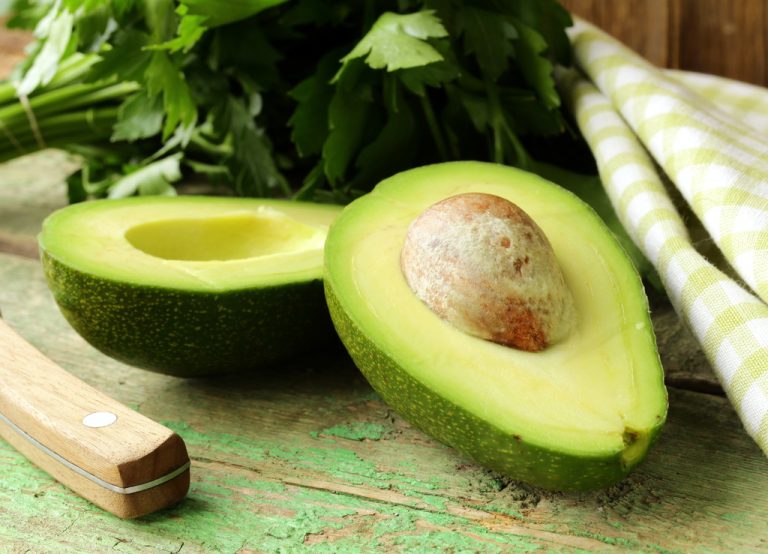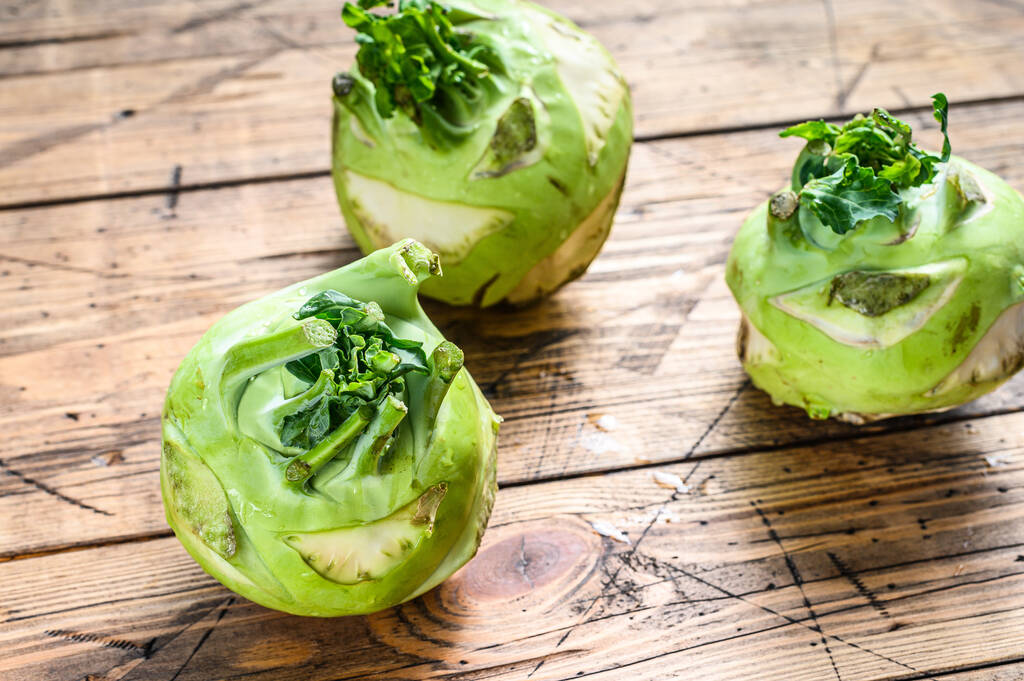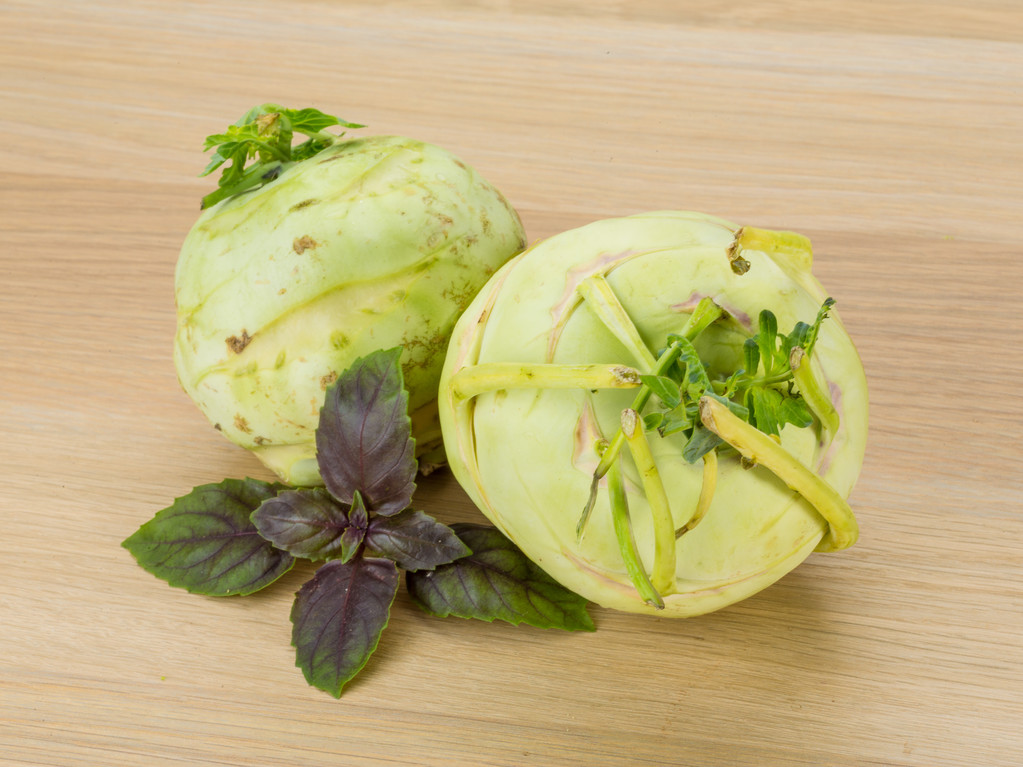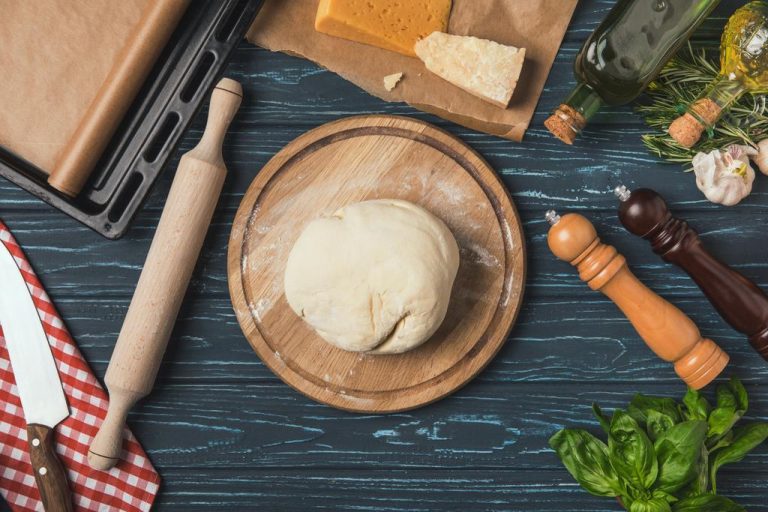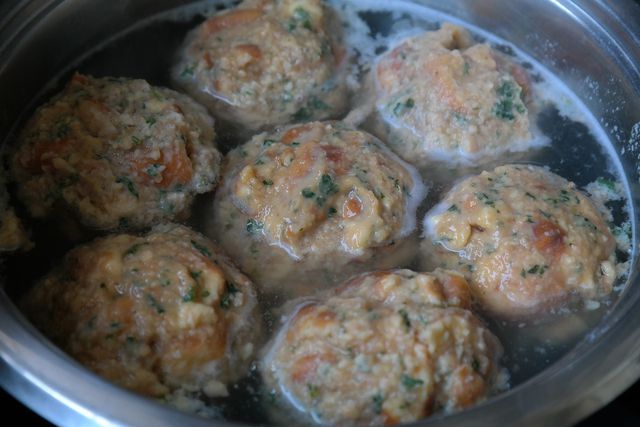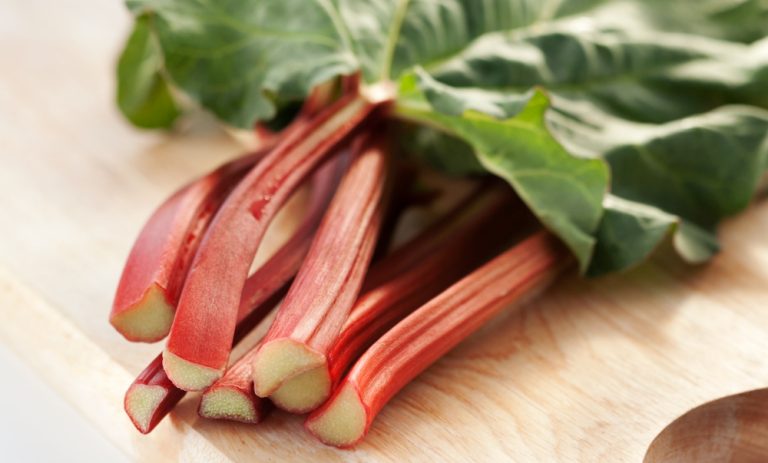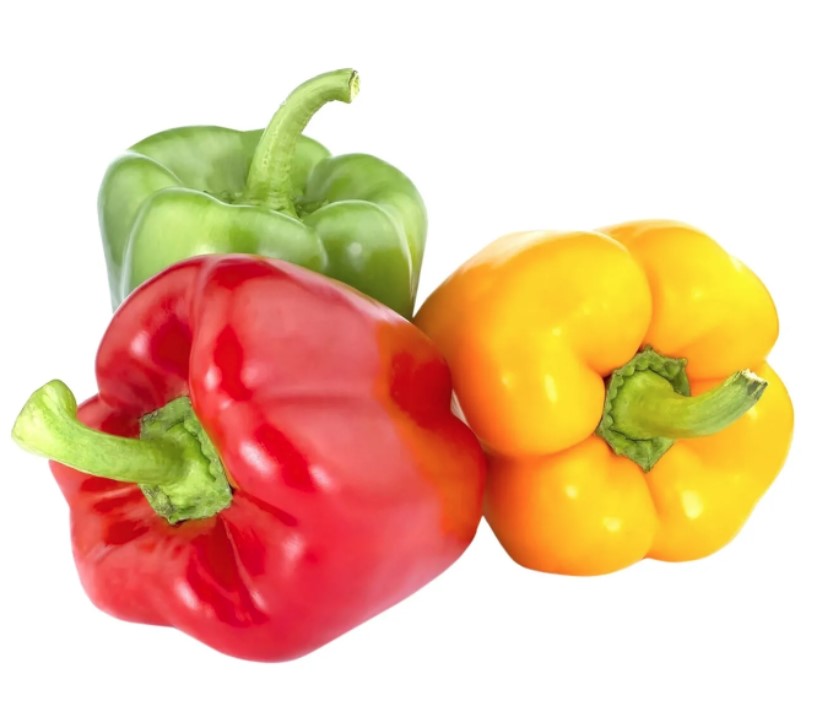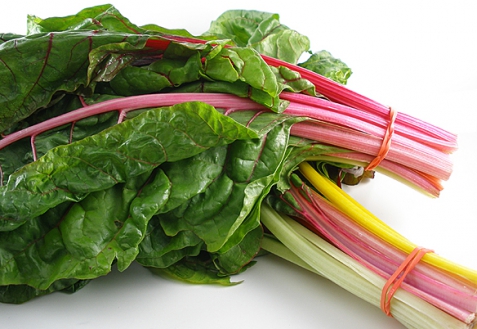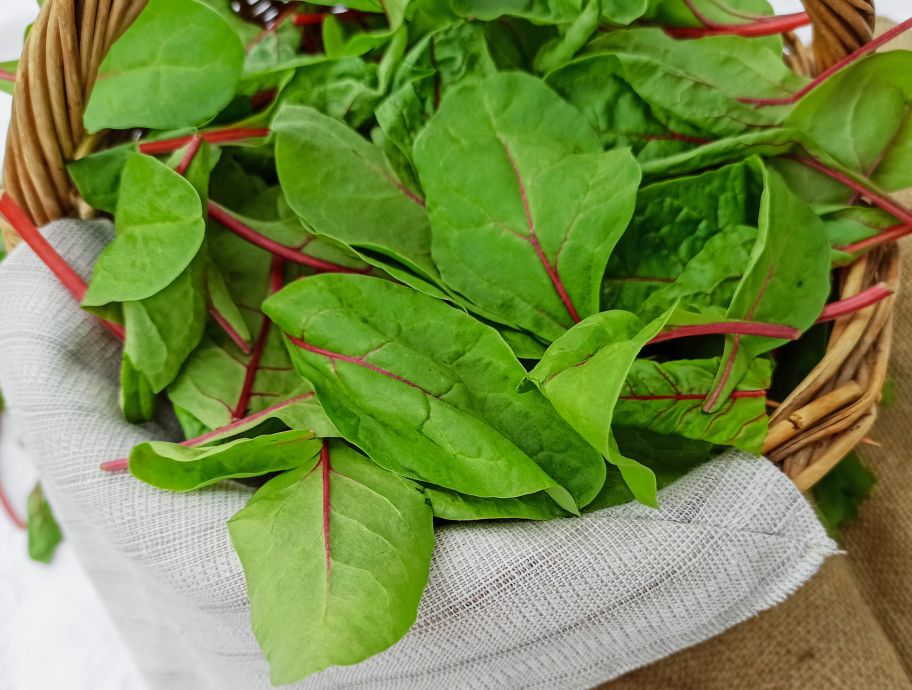Freezing food preserves it and can thus reduce waste – and that works with a surprising number of foods. We show what you can freeze and what you should pay attention to.
Freezing is a good way to avoid wasting food, especially when you have leftover food that would otherwise go bad. Fruit or vegetables, for example, that you just can’t manage to use up or leftovers from dinner that nobody can eat anymore.
Of course, freezers or chest freezers need electricity – that’s why it’s important to make sure you choose efficient devices and the right location.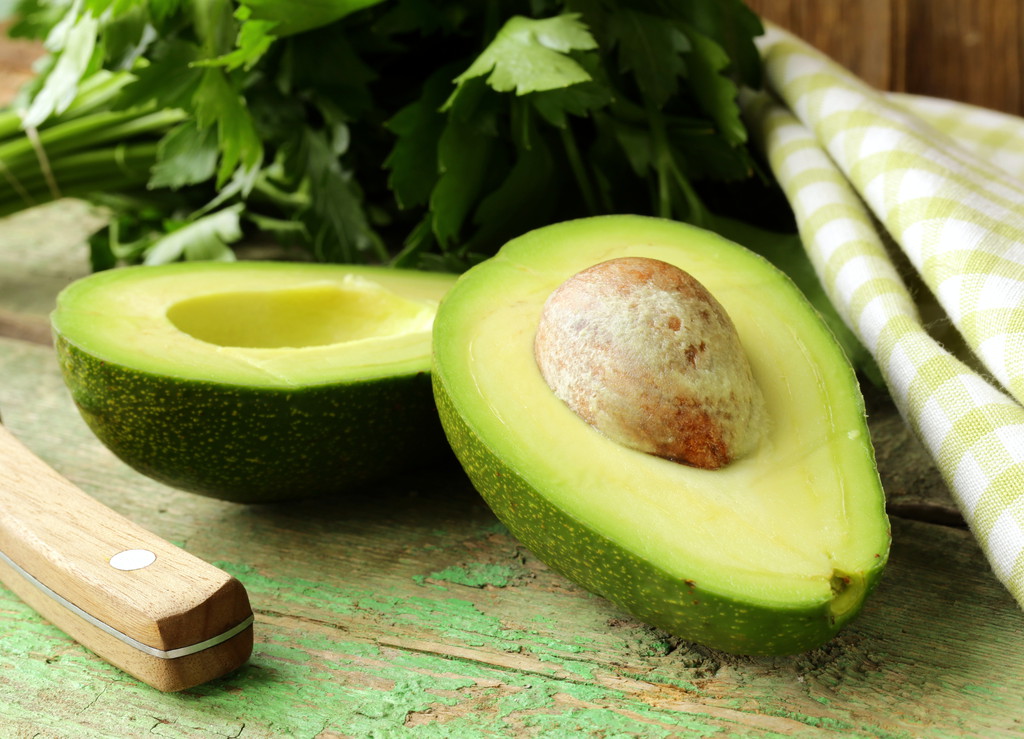
1. Fruits and vegetables
Mushrooms: Simply (dry!) clean button mushrooms or oyster mushrooms, trim stems if necessary, then cut into quarters or slices and prefreeze flat on a chopping board or baking sheet to prevent them from sticking together, then transfer to cans. Blanch chanterelles briefly in salted water before freezing, otherwise they taste slightly bitter after thawing. Tip: simply use frozen mushrooms! If you let them thaw before processing, they will become slightly mushy.
Avocados: You should only freeze ripe fruits, either halved, without the stone and sprinkled with lemon juice, or pureed for dips like guacamole.
Better than buying strawberries in winter: Freeze seasonal strawberries. To do this, simply wash the whole fruit, remove the stems and pat dry, then pre-freeze flat on a board or baking sheet before dividing into freezer containers. Or you puree the strawberries and freeze the puree in small glasses or ice cube trays.
You can also freeze cherries: wash, remove the stalks – and the pits if you want – then prefreeze flat on a board or baking sheet before dividing them into freezer containers.
Although you can freeze apples, they are best suited for baking or cooking afterwards, as they lose their consistency when thawed. To preserve apples, you can also make applesauce from them – and you can freeze applesauce without any problems.
Freezing ripe bananas is a good idea, especially if you want to use them for smoothies, vegan egg substitutes, or nice cream. You can freeze bananas whole, sliced, or mashed, depending on how you want to use them.
Freezing tomatoes is not a problem, but they lose their flavor due to their high water content. They are then best suited for sauces. Tip: You can also freeze homemade tomato sauce in a jar and defrost as needed. Another method if you have more tomatoes than you can use: preserve them by canning them.
2. Ready meals
Here’s an idea for the summer: You can freeze cold coffee in an ice cube mold – and then spice it up with ice coffee or cold brew, for example.
Raw potatoes don’t work, but boiled potatoes or potato dishes do: You can freeze mashed potatoes or potato soup in particular without any problems.
If you have too much cooked pasta or rice left over, you can simply freeze both – the easiest way is to portion out the leftovers. To thaw frozen noodles, simply put them in boiling water, thaw the rice at room temperature and then warm it up in the steam.
Freezing soup is super easy – and you’ll have “ready to eat” ready to hand. Tip: Freeze soups in screw-top jars so you have ready-made portions straight away.
3. Animal Products
It will go rancid in the fridge after a few weeks, so freezing butter may be a good idea. It will then last up to six months. Simply put the butter pack in a tin and put it in the freezer. If necessary, thaw slowly in the refrigerator. Tip: You can also freeze pre-portioned butter for baking. You can freeze herb butter in ice cube molds.
Incidentally, you can also freeze margarine, but this only works with full-fat margarines.
Cheese: You should only freeze hard cheese or semi-hard cheese and only if you cannot use it otherwise. It keeps best whole and with the rind on, but sliced raclette cheese can also be kept in the freezer for around two months without losing too much of its aroma. Re-thawed cheese is best for cooking and baking as it loses some of its flavor.
Whole eggs will keep raw or hard-boiled in the refrigerator for a few weeks and are not suitable for freezing. Raw egg yolks or egg whites or whisked eggs, on the other hand, go bad quickly – you can also freeze eggs in this form. Simply place in freezer-safe containers and thaw slowly in the refrigerator as needed. Be sure to heat it up properly before eating!
4. Dough & Yeast
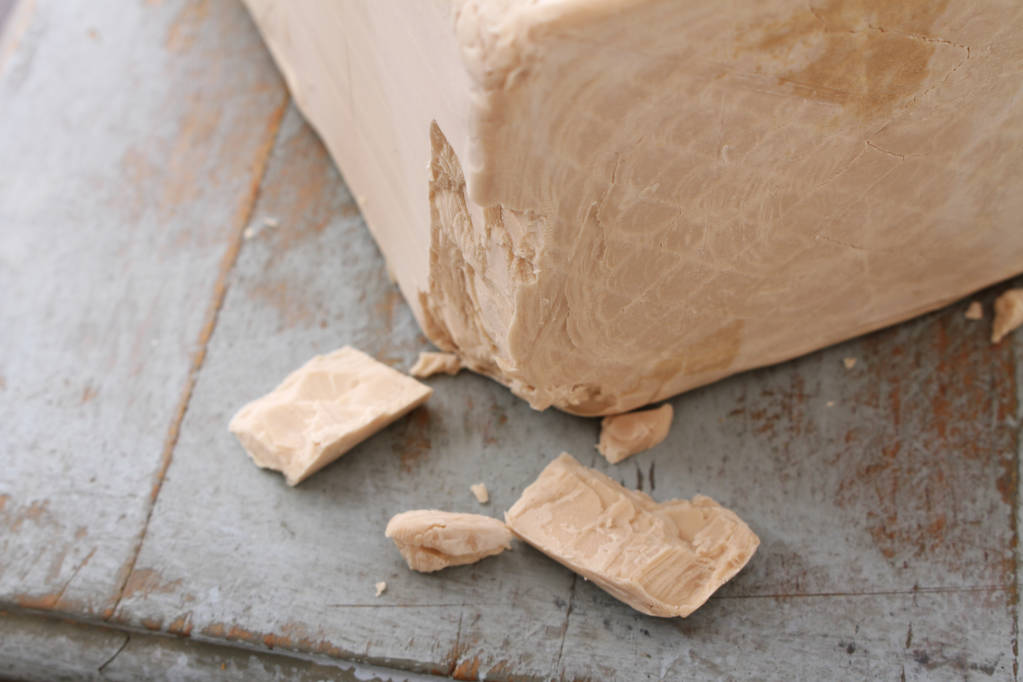
Did you know that you can freeze fresh yeast dough? It is best to divide the dough into portions before letting it rise and freeze them in airtight wrappers. Tip: If you want to freeze pizza dough, you can freeze it rolled out to the right size, separating several layers with baking paper. It is best to let yeast dough thaw overnight or for several hours in the refrigerator.
You can also freeze fresh yeast – this is a good idea, for example, if you have half a cube of yeast left over. Simply place in a small can or jar in the freezer. It is best to put it in the fridge to thaw the day before you use it.
